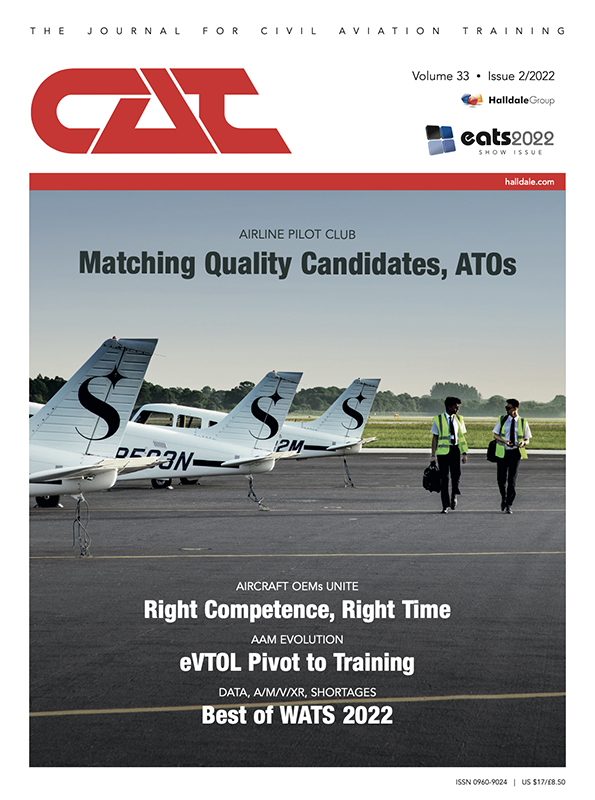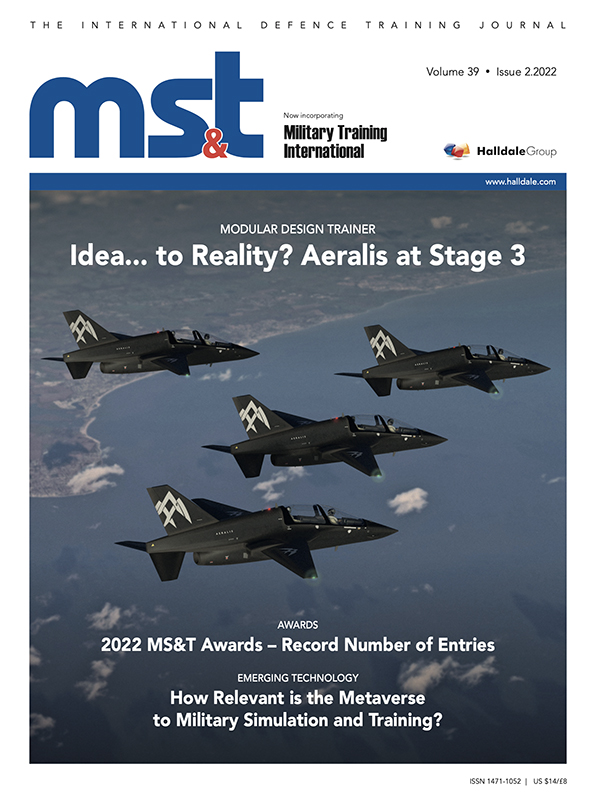This June 4 the US House of Representatives’ Appropriations Committee (HAC) released the Fiscal Year 2025 Defense Appropriations Bill (with accompanying summary) for the Defense Subcommittee. The bill was being considered by the subcommittee in a closed session as this article was prepared for posting.
To be clear, this committee’s mark was one hurdle over which the FY25 Pentagon budget must traverse. Additional congressional committees will review and confer on this budget in the upcoming months. The goal: to enact the legislation for presidential signature not later than this September 30.
The defense bill, through the HAC markup, contains items of interest for the broad defense simulation and training community. Three representative community highlights are noted below.
DIU
Silicon Valley-based Defense Innovation Unit (DIU) focuses on accelerating the department’s acquisition of cutting-edge, emerging and commercially-available technologies across the Pentagon’s portfolio. While DIU routinely garners attention for helping to quicken the pace of maturing baseline technologies for hypersonic weapons and other high-profile purposes, the organization has also advocated for advancing training readiness through innovative uses of learning technologies. Given DIU’s herculean efforts which have provided notable ROIs for the Pentagon, the organization’s budget topline has increased to more than $1.3 billion. MS&T will be watching and commenting on DIU’s future support for the department’s acquisition of eVTOLs, strengthening aviation training and other purposes relevant to DoD training audiences.
The Training Tail and More
The author noted with interest congressional support to widen the acquisition life cycle aperture, so to speak, with language that directs, not quantifies in this case, funding for training devices as part of FY25 weapons platforms’ procurement efforts. In one representative case, Title III for Procurement of Army Aircraft requires, in part, funding for “construction, procurement, production, modification, and modernization of aircraft, equipment, including ordnance, ground handling equipment, spare parts, and accessories therefor; specialized equipment and training devices.” Similar congressional intent to include “training devices” in other platform life cycles is evident elsewhere in the bill.
The HAC mark vigorously supported engagement strategies with US allies and partners around the globe. For instance, the committee’s budget reinforces the FY25 Pacific Deterrence Initiative, which enhances US military capabilities in the Indo-Pacific region, including a wide array of training events and exercises, and for several US Indo-Pacific Command unfunded priorities.


-(1).jpg?t=1717667029&width=800)




